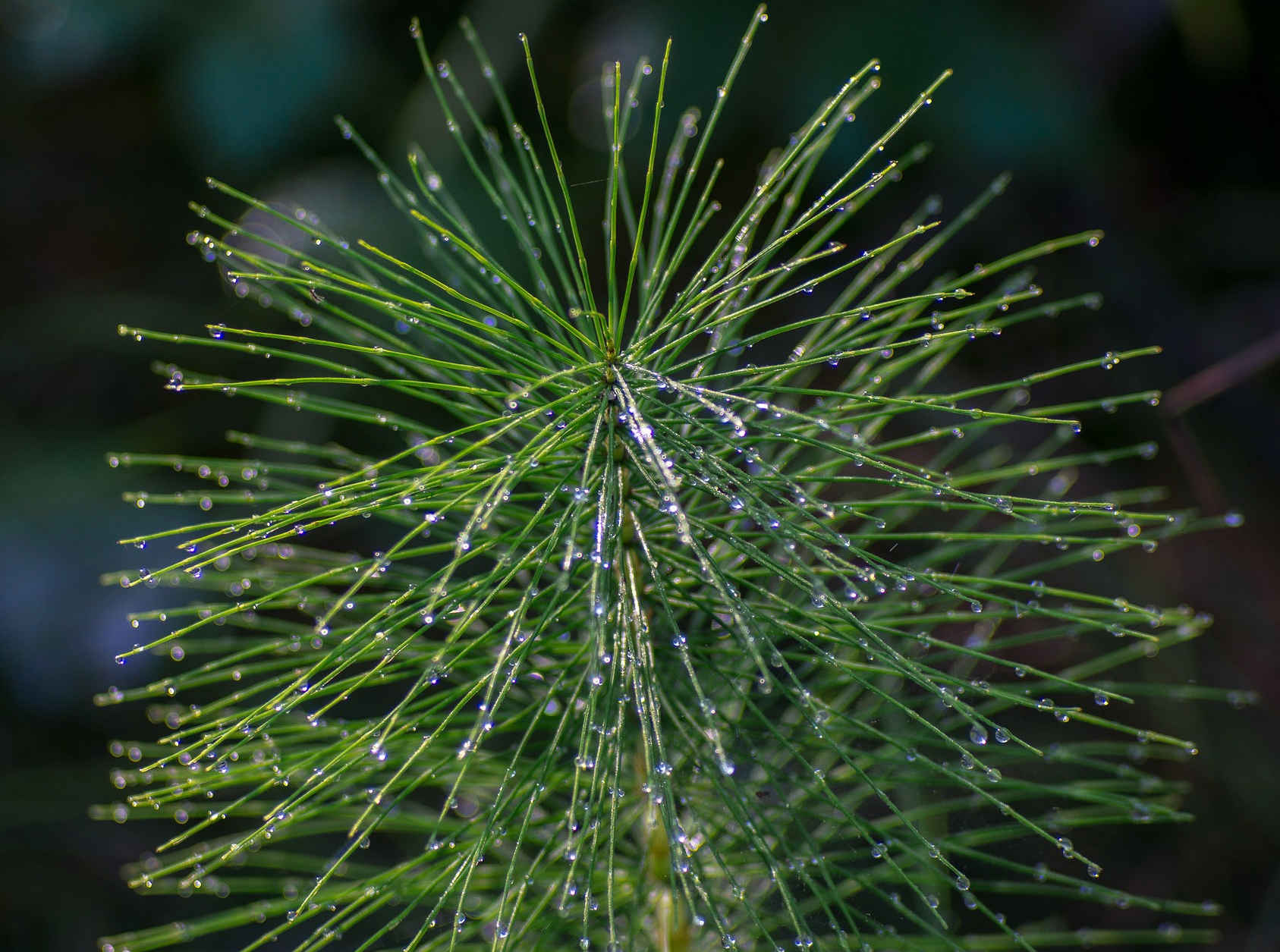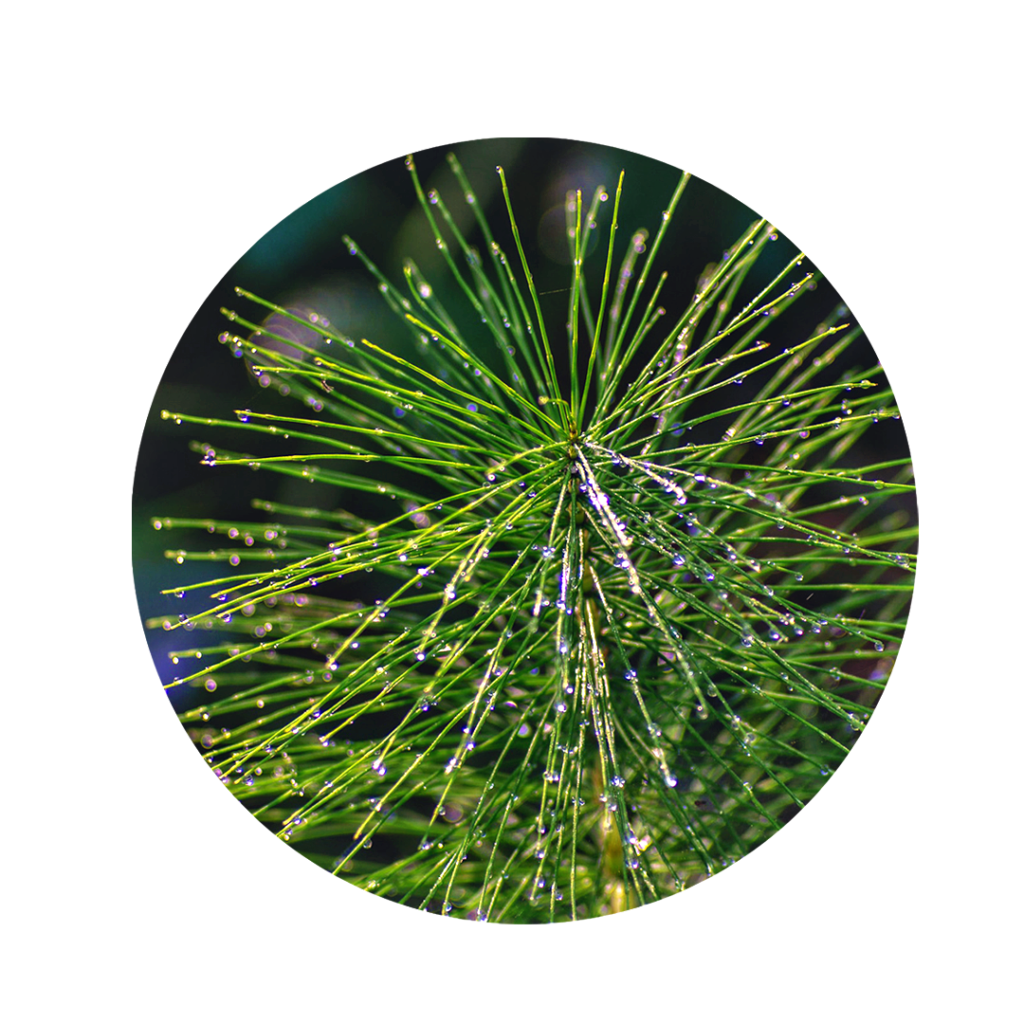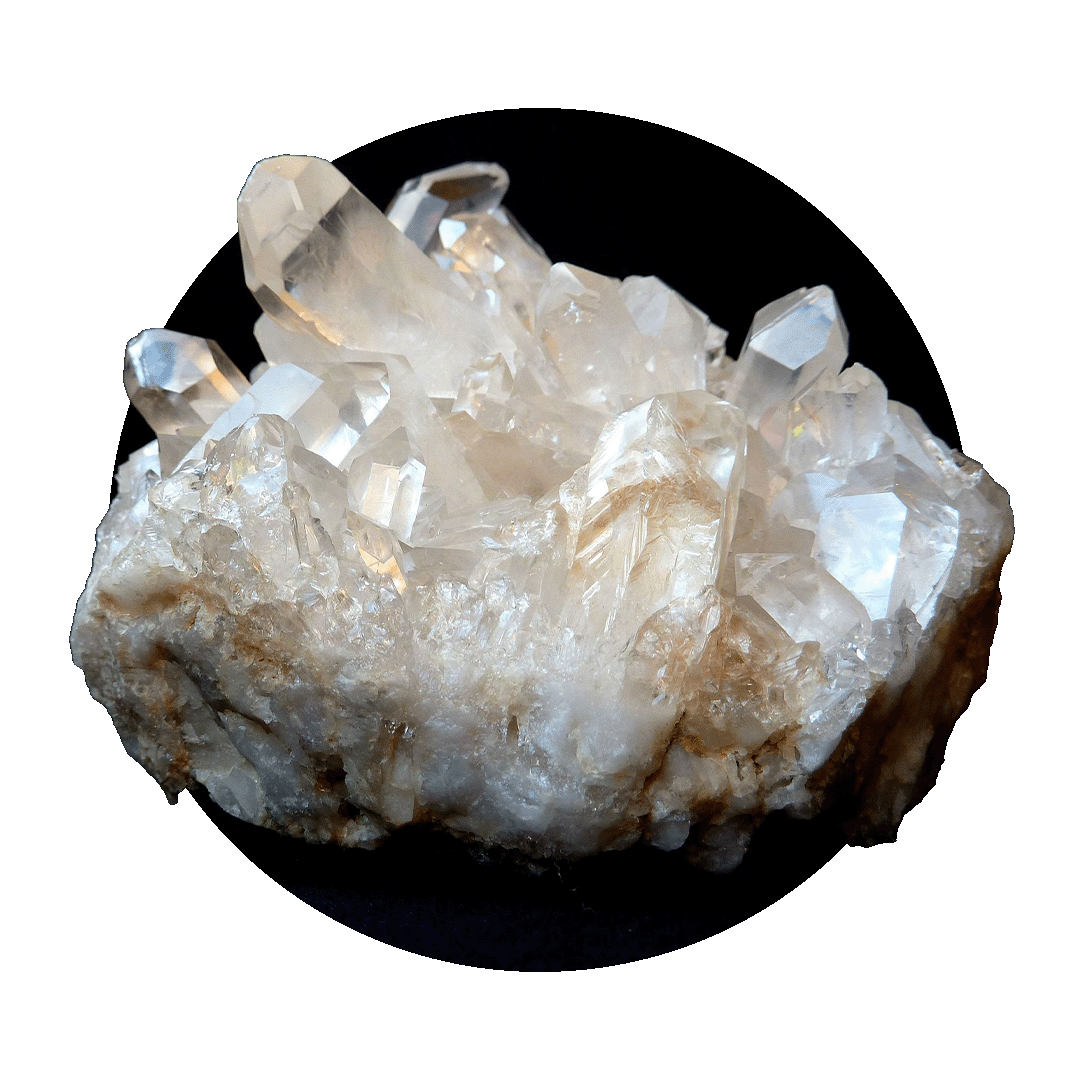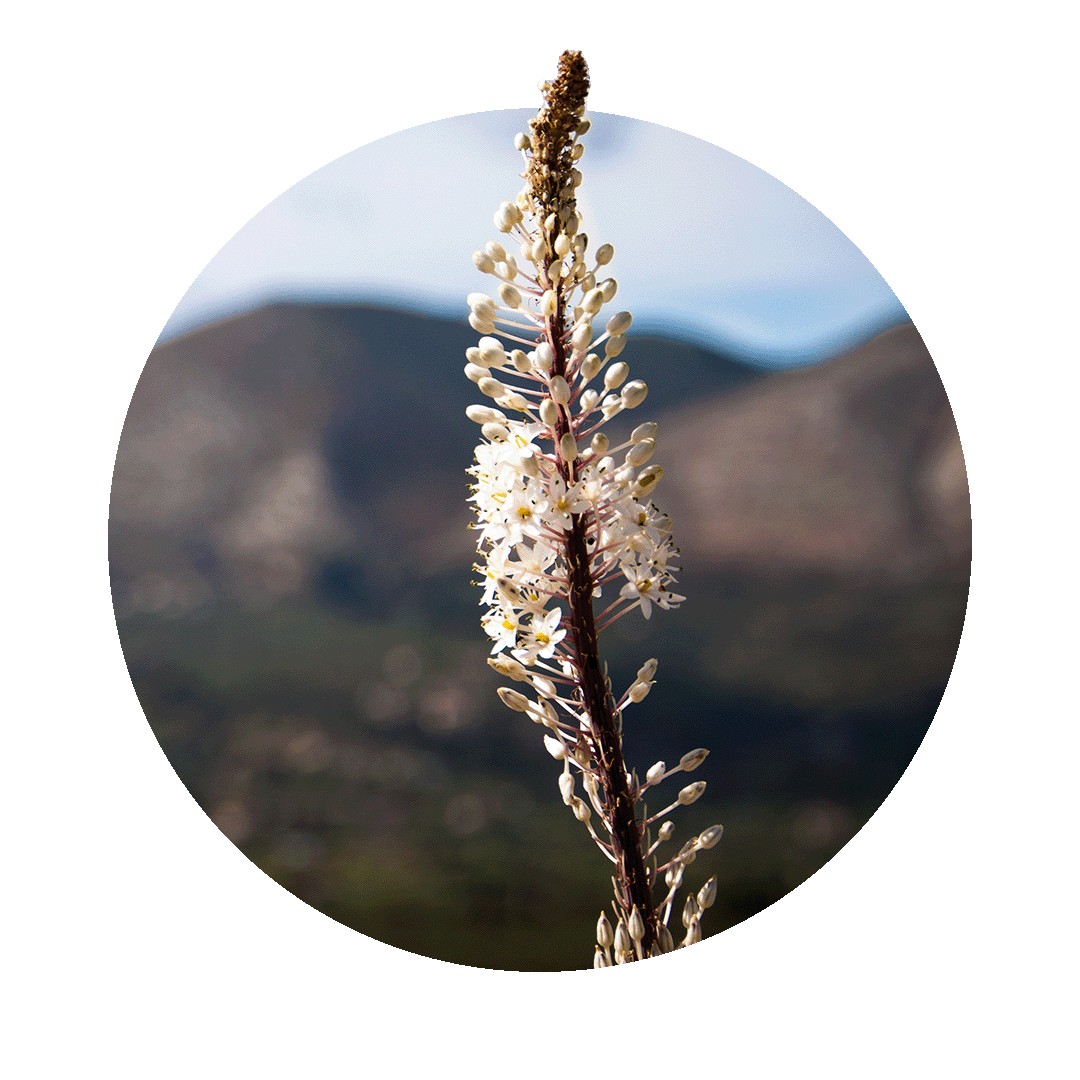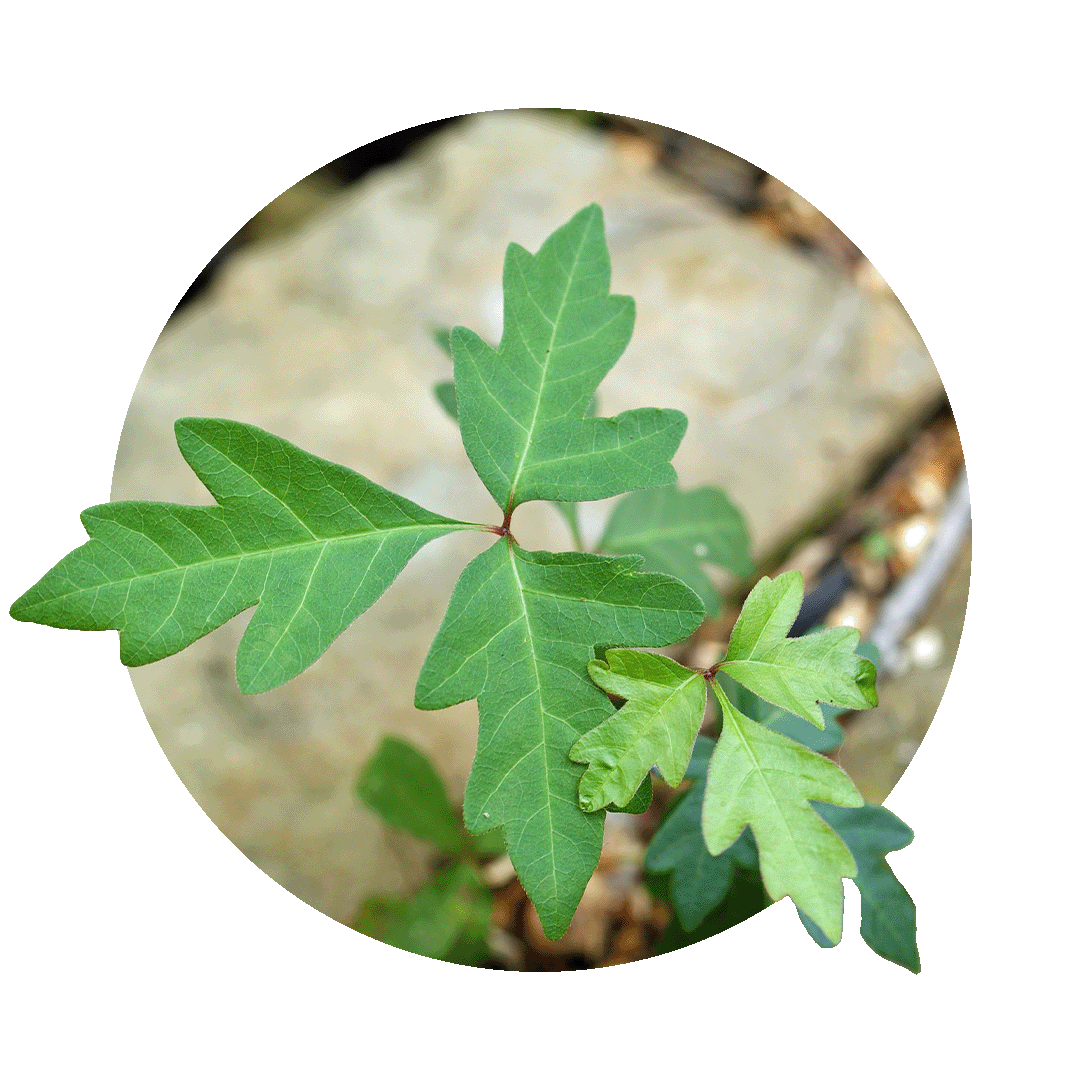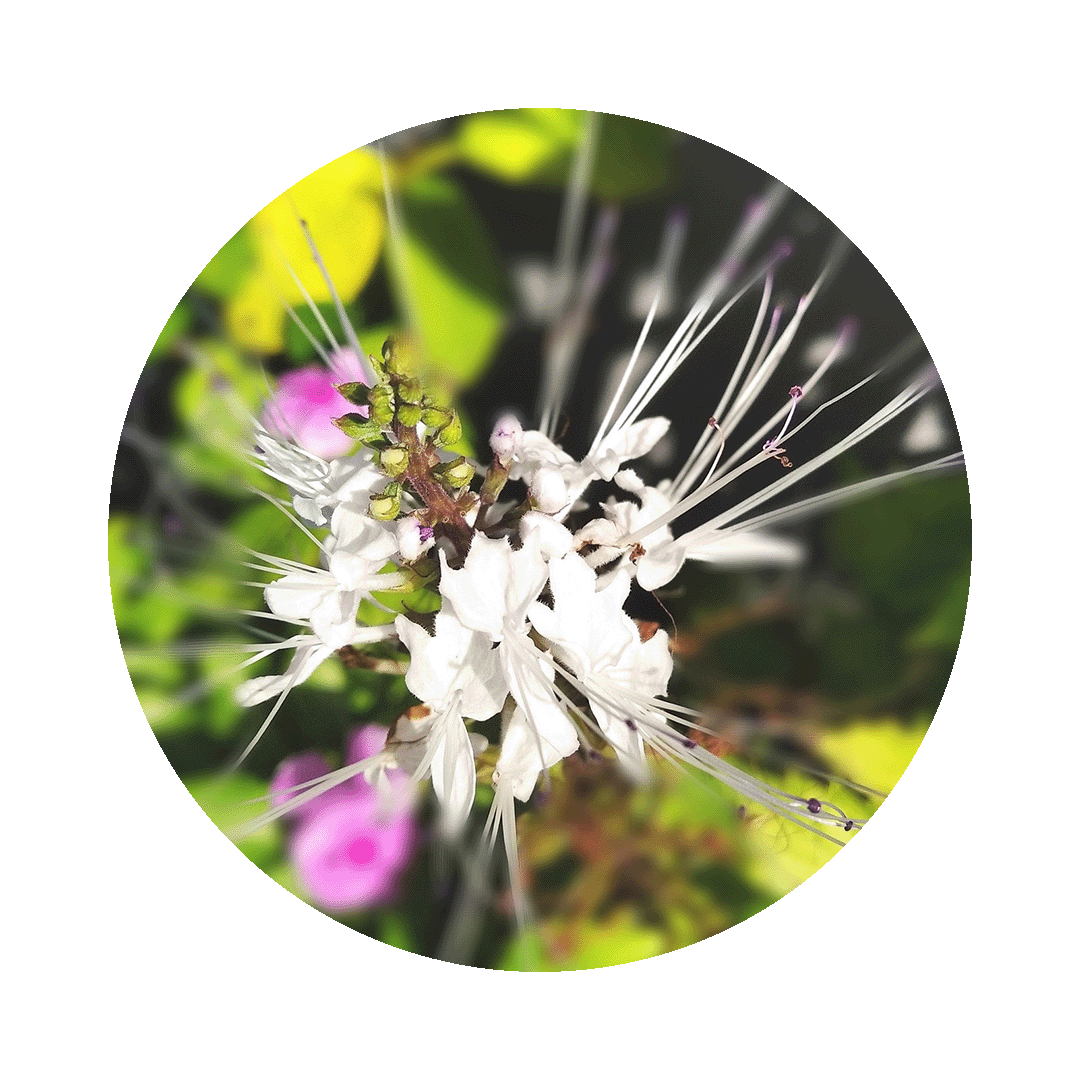Horsetail: detoxifying agent for detoxification
Horsetail or horsetail is a plant that we like to find along riverbanks or dammed, wet meadows. Its upright, structured growth immediately catches our eye and gives us a lot of clues about its character. When you touch it, you feel its hard, mineral cover. It contains a lot of silica, which makes it a popular detoxifying plant. It is often used in formulations for drainage of connective tissue. However, it owes its name to its rugged nature: tarnished tin cups used to be polished to a high shine with its dried stems.
Tinweed facts
Did you know that...
... horsetail was the sandpaper of antiquity and the early Middle Ages?
... you use horsetail liquid manure for fungus and pest control in horticulture?
... horsetail is grown as a vegetable in Japan?
What is horsetail?
Horsetail is a highly structured perennial that grows up to 50cm tall and produces hard, sturdy vertically growing stems. Its stems are hollow and externally hard ridged. Its high mineral content gives it hardness and the ability to serve as emery and sandpaper. Its appearance is austere, orderly and rugged. It also grows on lean gravelly soils and its brush-like appearance have led to its use as a bottle washer in earlier times. Today, tinweed is used only medicinally.
General and healing properties of horsetail
Draining
Horsetail is draining. Its silicic acid helps the body's connective tissue to detoxify and remove waste products and toxins.
Supporting
Horsetail is supportive. Its contained silicic acid is deposited by the body into the connective tissue, strengthens the tissue without hardening it and promotes its elasticity.
Flushing
Horsetail is flushing. It promotes the flow of urine and stimulates the formation of urine. Thus, the urogenital system consisting of kidneys, ureters, bladders and urinary tract is flushed and disinfected.
Decongesting
Horsetail is decongestive. It reduces edema in the tissues and transports water to the excreting organs. Thus, it relieves the body and cleanses it from the inside.
Equisetum arvense: Ingredients
Horsetail is the source of silicic acid in phytotherapy. It is a component of teas as well as drop mixtures.
You can find the following ingredients in horsetail:
- Silica
- Potassium chloride
- Aluminum chloride
- Flavonoids
Horsetail: effect for body and mind
Horsetail is an important remedy in phytotherapy. It is often used as a drainage and detoxifying agent and as a source of silica. In deep-seated inflammation of the tissues, it helps to reduce the inflammation and regenerate the tissues. It stimulates the formation of urine and excretes fluid stagnated in the tissues. Mentally, it is an erector. Its stoic appearance and straightforwardness should help the bent soul to walk upright through life again. For skin diseases and cosmetic purposes, a strong decoction is often prepared which is then applied as a medicinal dressing. Especially patients with psoriasis and skin impurities report good results when using horsetail. However, there is one fundamental thing to remember about horsetail. It does not work quickly, because the processes it intervenes in are very deep. So it takes a little patience and calm to get to the goal.
Properties of horsetail
- Draining
- Eliminating
- Erecting
- Detoxifying
- Stabilizing
- Curing
Fields of application in naturopathy
Due to its draining and firming properties, horsetail has several applications in which one would not want to do without it. Its properties as a source of silicic acid are in the first place.
Horsetail as a purgative
Sometimes you have deep-seated inflammation in places in the body where there is little metabolism and diseases are often protracted. Tooth root inflammation or joint irritation are good examples here where the use of horsetail has proven effective. Through its draining and draining properties, horsetail helps the tissues to overcome and reduce these inflammatory, often chronic processes, perhaps avoiding surgery and making it unnecessary.
Horsetail as a connective tissue remedy
In cosmetics tinweed has long been appreciated and used. Due to its silicic acid content, it helps the tissue to remove waste products and relieves the tissue. Especially the potassium chloride contained in it influences inflammatory processes and loosens adhesions of the tissue caused by them, so that it becomes elastic and flexible again. Therefore, horsetail is also a good choice for the after-treatment of scars and impure skin.

Horsetail for skin problems
Skin patients should always remember the horsetail. By draining and detoxifying the tissue, it helps the skin to regenerate. On the metabolic level, it also contributes to a purification. It thus cleanses the body. Silicic acid helps to restore the structure and natural firmness of damaged skin. Horsetail should always be used internally and externally for skin problems.
Horsetail as a kidney and bladder remedy
Horsetail stimulates bladder and kidney activity. It drains the tissues and helps remove waste products and edema, if any. In the process, the edema and waste products are carried from the tissues to the kidney-bladder system and excreted through the urine. This decongests and cleanses the body. Horsetail is also often included in formulations for flushing the urinary system.
Horsetail for bedwetting
For centuries, horsetail has also been used for bed-wetting. What the effect consists directly, is not known. However, horsetail is said to uplift and strengthen the soul. Perhaps this makes the processes that are processed at night easier and leads to a decrease in bedwetting. In Chinese medicine, horsetail is also considered to strengthen the kidney qi, and the kidney is the organ in which anxieties are processed.
horsetail for ligament and tendon weakness
Some people have soft ligaments and tendons. They bend their foot more quickly and are more likely to have torn ligaments, strains and overstretching. Horsetail stabilizes these structures with its silicic acid and makes them tougher, so that they can also withstand more stress and do not tear so quickly.
Hints for the use of horsetail
Horsetail preparations must always be taken for a long time. Horsetail is considered a slow remedy, because its action is profound. It can be drunk daily as a tea, although it is important to remember that the tea should steep for at least 30 minutes until the silica is dissolved. It is also available as mother tincture or homeopathic or spagyric drops or tablets. It should be taken three times a day for a long period of time in the range of months to years.
Horsetail during pregnancy & lactation
Horsetail is considered to be a good remedy during pregnancy because it reduces the tendency to edema, promotes kidney excretion and supports the metabolism of bones and ligaments. The child can also benefit from it.
Tinweed for severe water retention
In case of severe water retention, always ask for the cause. Clarify whether the heart and kidneys are in order. Stannous is not suitable for the treatment of cardiac or renal edema.
Discover our sprays
With natural methods such as the individual spagyric sprays from Zimply Natural, complaints can be treated and sustainably alleviated.
Use the healing power of Equisetum arvense!
Use the healing power of horsetail and our other 100 medicinal plants for the natural relief of your ailments. Improve your well-being and support your body, mind and soul! Use our configurator to create your personal spagyric spray, which is tailored to your needs and accompanies you on your natural path to the improvement of body, mind and soul.

